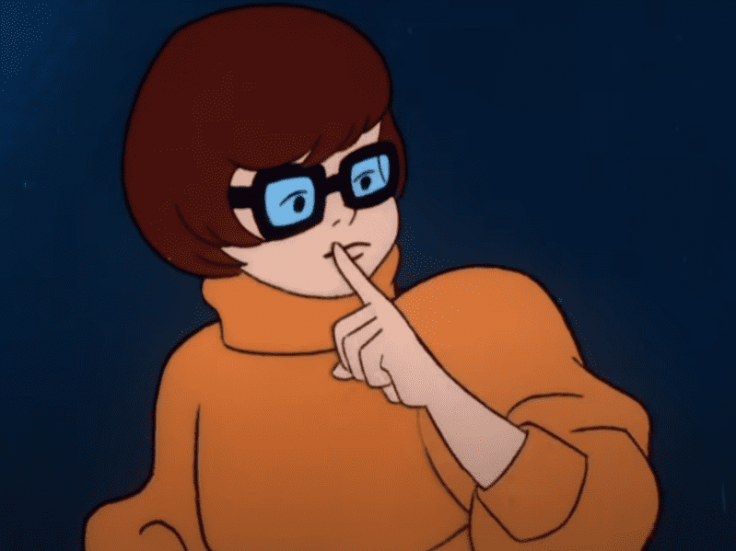Scooby-Doo project's producer Tony Cervone recently confirmed what fans had already guessed. He said that the character Velma was created as a lesbian in the 2010 animated series "Scooby-Doo! Mystery Incorporated." The series restarted the classic comic strip of 1969. The character was created as homosexual, emphasized Cervone.
He posted Velma's picture on Instagram with the word "PRIDE" and a caption, "I said this before and will say it again: Velma is not bisexual – she is a lesbian. We have outlined our position on this issue as clearly as it was possible ten years ago. Most fans understood this. For those who do not understand, I advise you to review the series: everything is obvious there. It's not even news."
Who is Velma?

Velma Dinkley is a key character in the Scooby-Doo franchise, usually seen in a baggy orange turtleneck and a short red pleated skirt (sometimes with an A-line skirt) along with knee socks and Mary Jane shoes. She also wears a pair of square glasses, which she loses often in the series.
She is depicted as a highly intelligent young woman with much interest in science. It also leads her to a career at NASA, as a scientist. Velma is like Sherlock Holmes, to figure out the mysteries, where she does not connect any supernatural entities. Her friends, Fred and Daphne often help her in this pursuit. And yes, she keeps her conclusions secret and reveals it at the end of the story.
It has been in the discussion if Velma was a homosexual or bisexual since the inception of the character in the original comics, but it went understated that she was indeed a homosexual.
However, contrary to what happened before was changed in the 2010 series, as the makers decided to emphasize it. "Marcie and Velma - Mystery Incorporated. I obviously don't represent every version of Velma Dinkley, but I am one of the key people that represents this one," wrote Cervone on Instagram.
On May 15 this year "Scoob!" was released as a computer-animated comedy-mystery film that received average ratings. "Scoob! is a movie that doesn't quite know what it wants to be when it grows up," the New York Times wrote.


